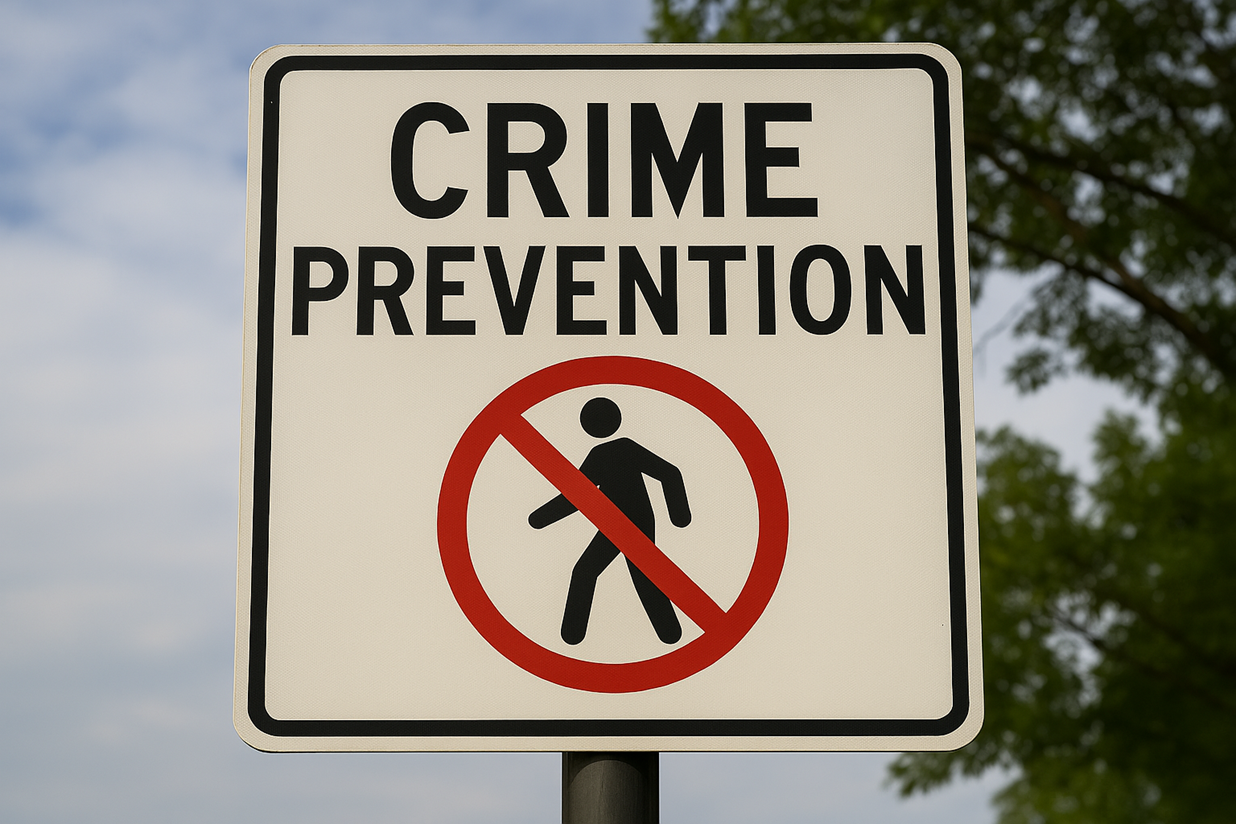In many societies, the rising rates of youth involvement in crime and criminality have become a major concern for governments, communities, and families alike. With the increasing prevalence of social media, economic hardship, and a lack of opportunity, young people are often drawn into a world of illegal activities that can ruin their futures and harm the community. It’s crucial to take proactive measures to guide the youth toward more productive, healthy, and fulfilling paths.
In this post, we explore practical strategies that can help prevent youth from going down the path of crime and criminality.
1. Provide Adequate Education and Skill Development
One of the most effective ways to prevent youths from turning to crime is through education. When young people are equipped with knowledge and skills, they are less likely to resort to illegal activities. Education provides a sense of purpose and opens doors to future opportunities, whether through formal schooling, vocational training, or online courses.
Encouraging youth to participate in educational programs and skills training, such as learning digital skills, trades, or entrepreneurship, can help them build a sustainable future. By focusing on their strengths and providing mentorship, we can help youths find positive outlets for their energy.
2. Foster Strong Family Relationships
The family unit plays a critical role in shaping a young person’s values, self-esteem, and future decisions. When youths have supportive and caring family members, they are less likely to fall victim to peer pressure or be lured into criminal activity. Families should work together to create a nurturing and stable home environment where open communication, love, and guidance are prioritized.
Parents should also spend quality time with their children, offer emotional support, and be involved in their daily lives. This support system is key in preventing negative influences from taking root.
3. Create More Youth Engagement Programs
Youth engagement programs, such as sports clubs, arts activities, mentorship, and volunteer opportunities, are powerful tools in preventing crime. These programs help youths channel their energy into constructive activities while also fostering a sense of belonging and community.
Community organizations, schools, and local governments should work together to create more accessible and inclusive programs. These programs help youths feel valued, provide opportunities for socializing with peers, and develop positive habits that discourage criminal behavior.
4. Tackle Poverty and Economic Inequality
Economic hardship is one of the most common drivers of youth crime. When young people face poverty, limited job opportunities, and a lack of basic resources, they may be tempted to resort to crime as a means of survival or to gain status. Governments and community organizations must work together to alleviate poverty by creating economic opportunities, improving access to affordable housing, and ensuring that youths have a stable environment to grow and thrive.
Investing in the local economy by creating jobs, especially in areas with high crime rates, can help reduce the temptations that lead youths down criminal paths.
5. Promote Positive Peer Influence and Role Models
Peer pressure is one of the biggest challenges that youths face, and the wrong influences can lead them to make poor decisions. It’s important to encourage positive peer groups and provide youths with role models who can inspire them to make better choices.
Schools, communities, and social programs should promote mentorship and role-modeling initiatives, where older youth or adults provide guidance and lead by example. Encouraging youths to build friendships with individuals who are dedicated to success and good character will reduce the likelihood of negative influences.
6. Support Mental Health and Emotional Well-being
Many youths who turn to crime may be struggling with mental health issues, such as depression, anxiety, or trauma from past experiences. Mental health is often overlooked, and untreated issues can escalate into destructive behaviors. Providing youths with access to mental health services, counseling, and emotional support can significantly reduce the risk of criminal behavior.
Schools, families, and communities should ensure that youths have access to mental health resources and encourage open conversations about emotional well-being. This can create an environment where youths feel safe to seek help and guidance.
7. Promote Safe and Secure Communities
A sense of safety is essential for healthy development. In communities with high crime rates, youths often feel like crime is the only way to survive or gain respect. Law enforcement agencies and community organizations must work together to create secure and safe environments for young people.
By ensuring that neighborhoods are free from violence, providing adequate street lighting, and promoting neighborhood watch programs, communities can create spaces where youths can thrive without fear.
Conclusion
Preventing youths from turning to crime and criminality requires a comprehensive approach that includes education, community involvement, economic opportunities, mental health support, and positive influences. By working together—families, educators, law enforcement, and community leaders—we can provide the guidance and support necessary to steer youths away from criminality and toward brighter futures.

